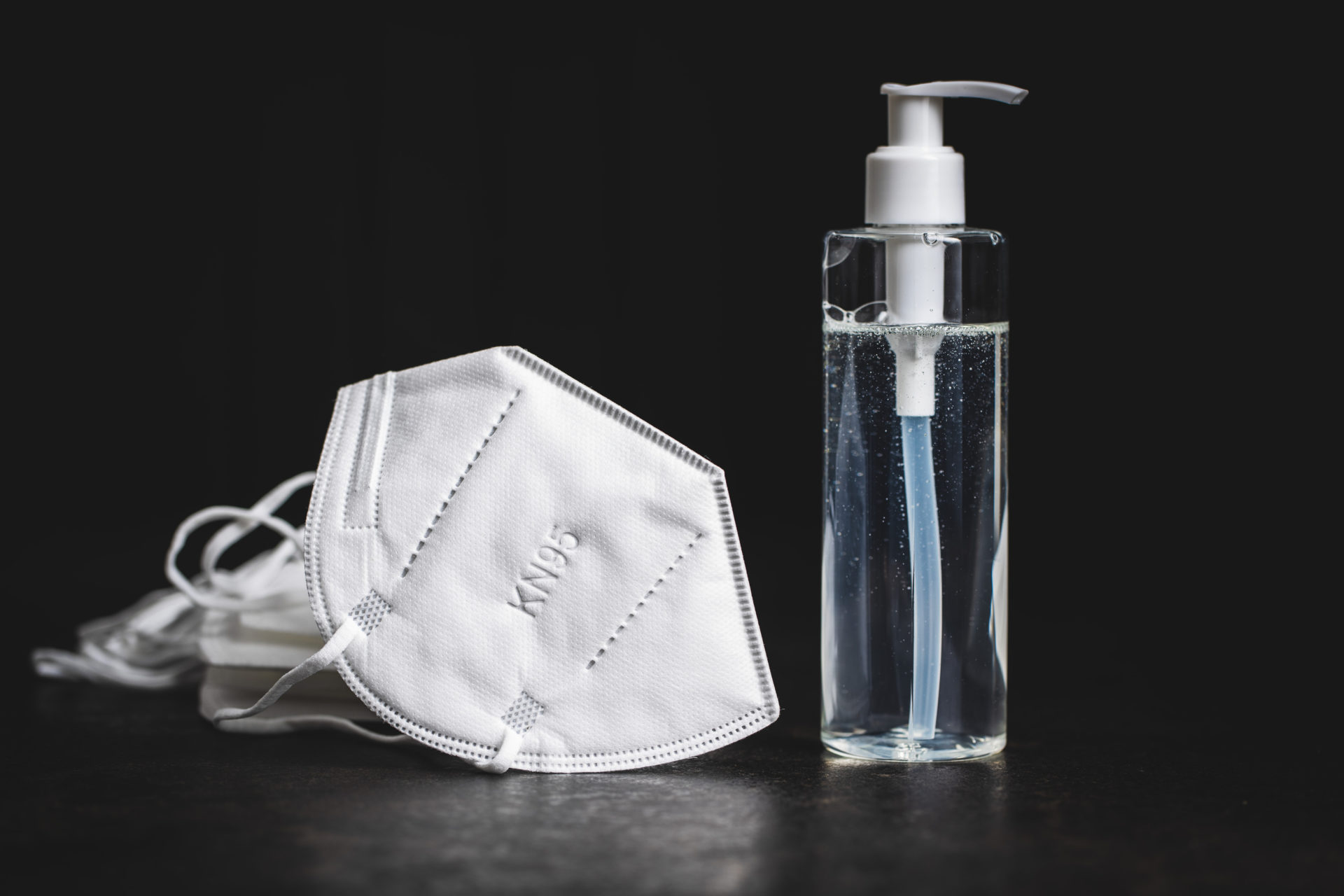If we told you in 2020 that a pandemic-specific compliance officer would be the most critical positions on set you would have probably rolled your eyes. But with COVID continuing to disrupt productions, COVID Compliance Officers (CCOs) have become a key part to keeping productions safe.
In most cases, public health and union regulations require production companies to have a certified COVID Compliance Officer present on set from the very first scout days to tail-lights on the final day of shooting. But depending on what producer you talk to, the role of a CCO can have different meanings.
Some people think they’re licensed nurses, while others see them as glorified PAs. In this post, we’ll define exactly what a COVID Compliance Officer is and their responsibilities.
What is a COVID Compliance Officer?
A COVID Compliance Officer oversees coronavirus safety protocols on set. The job is loosely defined, usually requiring only the completion of a two-hour course. The title varies from COVID Manager or COVID Assistant to Health and Safety Coordinator.
A CCO is hired at the same time as other crew members. They sit in on pre-production meetings because COVID compliance touches every aspect of production – from locations, crew size, and catering to how to set up the cameras.
Job responsibilities include administering COVID tests, sourcing safety equipment (called PPE or Personal Protective Equipment) and enforcing social distancing. On larger shoots, cast and crew are split into different zones (A, B and C), based on their contact with talent. The CCO is responsible for making sure these groups don’t mix. They have to intervene if crew members crowd together and don’t wear their masks properly. CCO’s are also required to maintain health and safety documentation and safeguard each crew member’s privacy.
Depending on where the production is shooting, the job can get even more complicated. Every shoot location has its challenges. Small sets or rooms are challenging for COVID compliance. Large studios are best as they provide plenty of room to social distance and normally have good air handling systems. But if a production is constantly moving locations, more planning is required to scout places with COVID protocols in mind.
Day in the Life of a CCO
Work often begins several days before a shoot begins. Check-in procedures are given to the producer to be included with the daily call sheet. These procedures include a medical history questionnaire for each crew member, screen for COVID symptoms and adhere to general state and local protocols.
Testing commences 72 hours prior to crew coming to set and everyone should have a documented negative COVID test result. Any crew with positive results will self-isolate and be scheduled for additional tests.
The night before filming, the CCO prepares PPE kits which will have masks and sanitizers at a minimum. They show up at least an hour before call time to ensure that sanitizing stations are set up, signage is posted (proper hand washing, physical distancing guidelines, etc) and check-in policies are in place.
All crew entering set are screened by the CCO during check-in. PPE kits are distributed and temperature is taken with a contactless thermometer. The CCO should also remind every person of the importance of proper mask usage and hand washing technique as well as frequent hand sanitizing and physical distancing in a general safety meeting at the start of every shoot day.
From there, they monitor every aspect of the production for proper safety, making sure everyone has their protective equipment on, sanitizing between scenes, and maintaining the proper occupancy for the square footage. After production wraps, CCOs stick around to disinfect and clean the set before going home to start prepping for the next day.
Set Medic vs. CCO
Health and safety positions are new to the entertainment industry as we have not had to respond to such a destructive pandemic since the 1918 Influenza Pandemic. A few organizations were prepared to respond such as National Set Medics and IATSE Local 80.
However, the job of a Set Medic and COVID Compliance Officer are very different, though both must have a medical understanding of the coronavirus. They work together to provide the strongest scope of safety on set.
CCOs understand the health and safety protocols in their particular county and state, as well as the requirements of various unions (SAG/AFTRA, DGA, IATSE). They stay updated on guidance from the Center for Disease Control (CDC) regarding transmission and how it affects protocols. The job of a Set Medic is to respond to emergencies and triage on site. A medic is not allowed to take on a secondary responsibility on set.
Why? Medical negligence. A medic cannot be engaged in a secondary activity when they are acting in the capacity of a medic. A CCO can have a second responsibility as long as it’s not that of a medic.
Challenges
The position has many challenges. Some productions ignore the authority of the CCO altogether. A safe set works best when there is respect for the CCO position and adherence to health and safety protocols within the entire production team.
Even when productions implement safety protocols on set, a 100% safe and secure production is not guaranteed. When there are concerns about safety, the COVID Compliance Officer has the power to discipline, or even fire, health and safety protocol violators. In worst case scenarios, they can even stop a production. Given that shutdowns on large productions can cost hundreds of thousands of dollars a day, that’s a huge responsibility.
No matter the size of the production, nothing is more important than protecting your cast and crew. Productions can’t cut corners or break rules that endanger cast and crew. Prevention in a time of a pandemic is expensive but positions like a COVID Compliance Officer are the best strategy to keeping your set safe.

